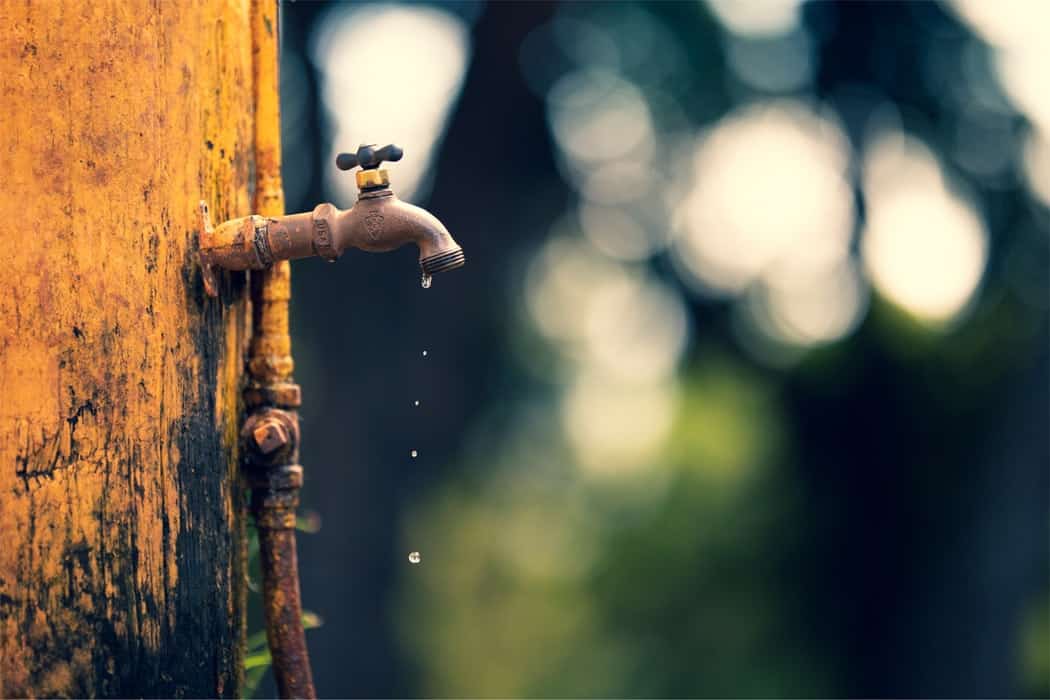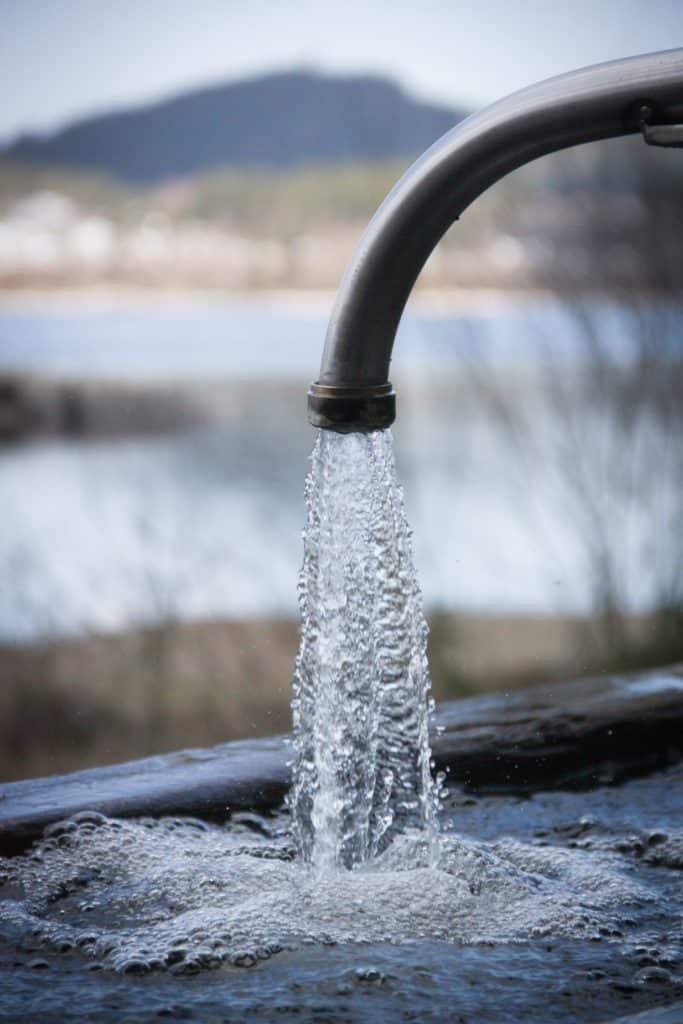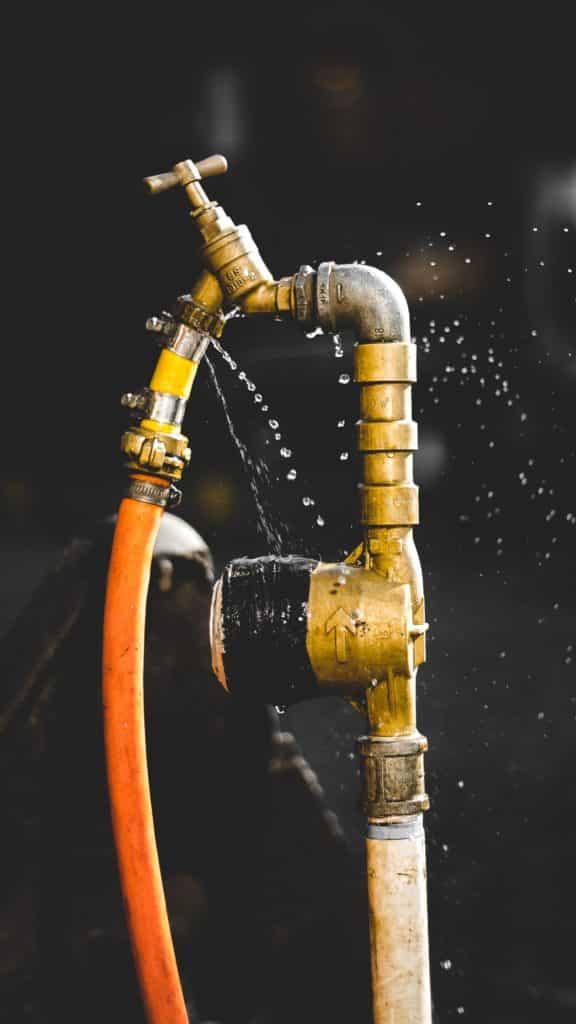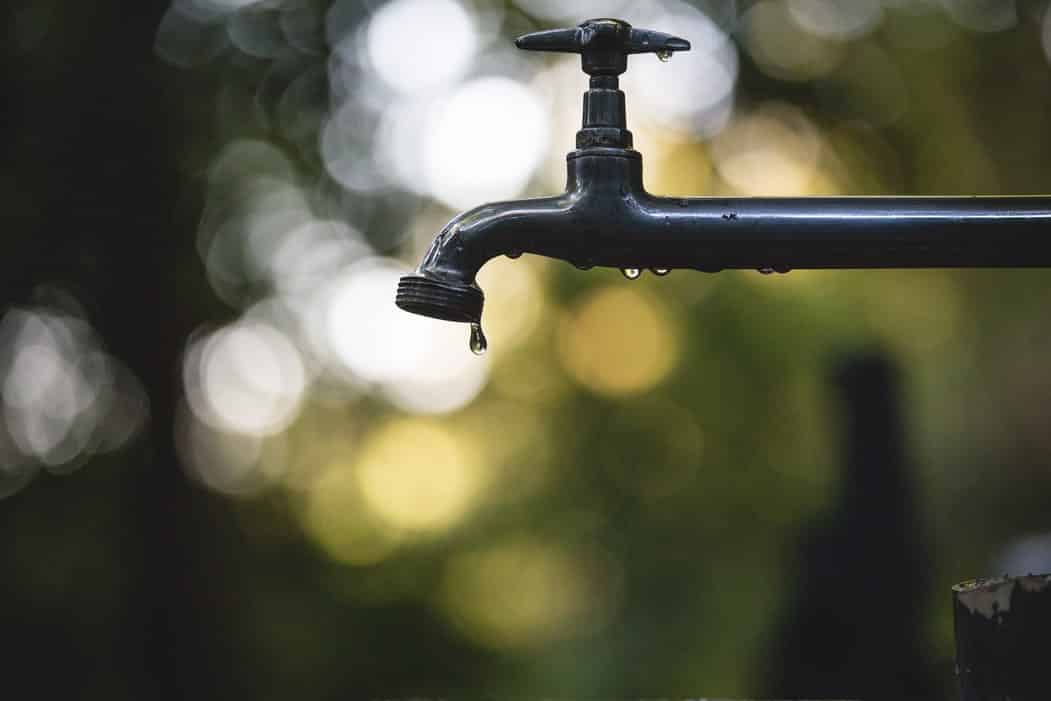Did you wonder about the different steps that can be taken to prevent the damage in your pipes?
If so, then you should know that taking precautions to prevent such damage is always better than dealing with the consequences later, as it can also get heavier on the pocket.
Frozen water pipes are not a challenge only faced during the winter season, but it is also prevalent in the warmer climate. The occasional cold spells, even during summers causes the faucets to freeze.
We are here to guide you to take some essential steps before the mercury goes below the freezing level, resulting in a nightmare of frozen pipes.
So, let’s begin with giving you some essential tips!
How to Prevent Water Faucets from Freezing
Below, there will be few ways mentioned about tackling the issues with your water hosts and the faucets that are placed outside. If the faucets are freezing then it can result in the rupture of both plastic and copper pipes, assuming that the material is the only investment that needs to be focused on is not the solution.
The pipes that are placed indoors can be protected from being frozen to a certain extent by keeping the temperatures high. But, unfortunate are the ones kept outside.
As you read further, you’ll understand the main crux of the suggested solutions and the preventive measures that can be taken.
-
Examine the Pipes to Look Out for Any Damage
Waking up to see your floors wet, due to the a hole or a leakage in the pipes, is not uncommon. When the water has reached below freezing level, and starts turning into ice it generally expands causing the pipes to rupture.
It not only damages your floor but also results in water-soaked walls and ceilings, which eventually leads to the growth of molds.
While inspecting the water faucet, if you do find any leakage or rupture, seal them, immediately. If you let even a tiny hole remain open unrepaired before the winter sets in, then the cold air will result in freezing of the pipes.
You can use either foam insulation or even a sealing around the hole, to fill in the gaps that will reduce the risk of freezing.

-
Detach the Hose
Start disconnecting all the fittings such as the hoses or fitters that you have probably attached to your faucets, or else you are inviting a great deal of trouble. Removal of every fitting that had been connected to the faucet before winter sets in, will help you to avoid any damage caused by freezing.
However, even if you have frost-free faucets we suggest you to remove all the attachments as there is a probability of the water not draining out properly.
This might be a difficult step for many of you, as there is a high tendency to utilize the water present outside until it starts freezing. Remember that, if your pipes freeze even for a single night, then it can cause enormous damage.
So, we just suggest that you take this precaution much ahead of time because when a hose is connected, then it is natural for it to hold a certain amount of water even when you have not turned on the faucet. Which eventually results in the freezing of the hose and makes way for further damage,
-
Drain the Faucet and the Other Pipes
You should ensure that all the water is thoroughly drained out from the pipes. If you are living in a place with harsh cold climate, then you need to take an added measure of using internal shutoff valve that is present inside your home.
As you shut off the valve, it will help to drain the water out from the tap or you can use the faucet for the same purpose. This step might take up to a few hours, for the water to drain out. And after it is done, close the water faucet again.
It is essential for everyone in the house to know where the shutoff valve is, and its usage. If by any chance any of the pipes do burst in the house, then the valve should be turned off by turning the main valve clockwise. After which the faucets are to be turned on.
Even if you have earlier invested in a frost-free faucet, which claims to be resistant to freezing, you cannot expect it to be completely frost-proof. So, we believe that you should still take an added measure of removing the water, to prevent any damage to the washer or the rubber gaskets inside.

-
Get a Frost Free Faucet
This step is optional. If you want to invest in something that is more permanent and will eventually take care of the pipes during summer and winter then a frost free faucet is a must buy. The product is designed in such a way that it prevents the formation of any frost in your pipes during the cold season.
It helps to cut down on the risk of a pipe bursting during the winter months, and also to reduce the chances of the water getting frozen inside the faucet.
Hire a professional plumber to ensure that the installation is done carefully. It minimizes the chances of different problems that can arise due to leaks or mishap.
The main highlight of using a frost-free faucet is that the water stops behind the valve which is usually present inside the house, when it is shut-off. Consequently, it avoids the water from freezing in the temperature that is prevalent when the indoors are heated properly.
-
Installation of a Faucet Cover
In the market, the outside faucet covers are called as “garden faucet insulation cover” or “insulated faucet socks”. The cover that you should be picking out is the one that provides thermal protection and seals tightly around the faucet.
There are two types of faucet covers in the market, you can either get the flexible insulated bags or the ones with the rigid thermal foam that come in both dome-shaped and square shaped style. Both these styles are efficient enough to protect the pipes from rupturing.
The rigid thermal foam cover can be placed directly over the faucet as it will protect the faucet from freezing. Use these covers to protect all the regular faucets that are present.
While installing the cover make sure that you secure it tight and follow the instructions carefully. By keeping your guard, you can save yourself from any further frustration, or any water damage that may arise.
The main function of a faucet cover is to radiate the heat that has been trapped by the cover to the faucet. When there is no outlet for the heat to move out, the water in your household pipe is prevented from being frozen or expanded into ice.
The faucet covers are known to be a good investment for places where the temperature drops below freezing point. It comes with a long shelf life, and it is a practical way to prevent the possibility of any damage to the faucet. However, after the temperature goes above the freezing point you can remove these covers and keep them back in your shelves.
Having a cover for even the frost-free faucet helps to provide a great deal of protection because they might not be completely frost-proof as they claim to be.
-
Use Insulation Tubing
Ensure that protection is given even for the pipes that are kept outside, as they are more susceptible to freezing. This is a simple DIY project, as it can be done any time.
The exterior pipes should be covered with insulation tubing, this will be available in the hardware stores around. The best part of it, is that you can use the Insulation tubing for both hot and cold water pipes.
You just need to measure the insulation tubing along the pipe that you want to insulate, then cut it to the desired length. Following which you need to pull it apart from the top, and then wrap it around the pipe.
Do not make the mistake of covering your pipes with a bath towel or even a newspaper, as they hold moisture similar to a wet rag. It will not even serve the purpose but instead result in further damage to your pipes.
another interesting option, that’ll help in providing insurance to those pipes, and that is the use of heat tapes.

-
Use of Running Water to Prevent Freezing
If you can find ways to allow some trinkle of water to pass through the faucet at night, then it may help protect the pipes from freezing to a certain extent. Similarly, you can also use a blow dryer to defrost the frozen pipes as it is a preferable option to avoid an open flame by using any other devices.
Well, the amount of money spent on keeping the thin stream of water flowing will be less when compared to the costs for repair.
This is just a preventive measure that can be taken on a cold night, when there is no other alternative available.
-
Store Your Hoses and the Faucet Cover
Keep the hoses in a place where there is no moisture to prevent it from any possible damage. Coil the hose and store it carefully in some shaded area. One thing you should probably avoid is keeping it out in the sun as it hampers the durability of the hose and the covers.
If you want maximum protection then wrap them in an insulation tubing to prevent any damage.
Final Words
To conclude, if these steps are efficiently followed then you will be avoiding some extensive amount of water damage and restoration costs in your household. These simple protective procedures during winters, can help to protect your outdoor faucets to a great extent.
Avoid procrastination with these simple works as it can backfire with plenty of time, money and effort being wasted later. Use these tips given above, before winter sets in.

Related Articles
17 Best Bathroom Faucet To Consider

